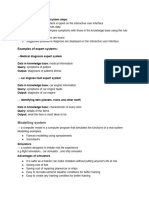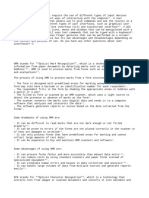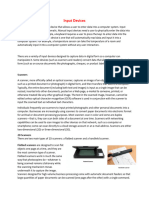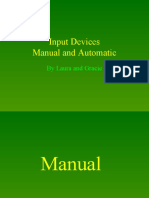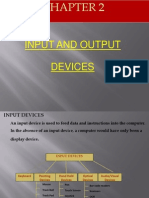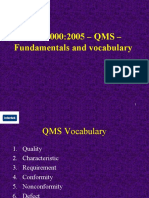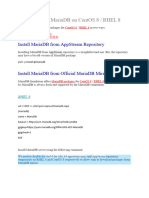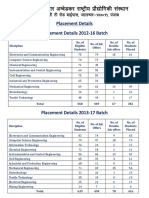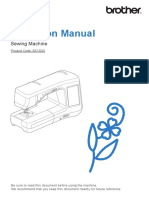0% found this document useful (0 votes)
72 views3 pagesBarcode, OMR, OCR, MICR: Pros & Cons
Optical mark readers can automatically read multiple choice tests by detecting darkened areas corresponding to student responses. They can process thousands of tests per hour, much faster than manual grading. However, forms must be designed carefully and filled out correctly to be read properly. Optical character recognition converts scanned text images into editable digital files by recognizing characters. While fast, it is not perfect and errors must be checked. Magnetic ink character recognition reads magnetic ink on checks to process banking transactions at high speeds with full accuracy.
Uploaded by
ahmadCopyright
© © All Rights Reserved
We take content rights seriously. If you suspect this is your content, claim it here.
Available Formats
Download as PDF, TXT or read online on Scribd
0% found this document useful (0 votes)
72 views3 pagesBarcode, OMR, OCR, MICR: Pros & Cons
Optical mark readers can automatically read multiple choice tests by detecting darkened areas corresponding to student responses. They can process thousands of tests per hour, much faster than manual grading. However, forms must be designed carefully and filled out correctly to be read properly. Optical character recognition converts scanned text images into editable digital files by recognizing characters. While fast, it is not perfect and errors must be checked. Magnetic ink character recognition reads magnetic ink on checks to process banking transactions at high speeds with full accuracy.
Uploaded by
ahmadCopyright
© © All Rights Reserved
We take content rights seriously. If you suspect this is your content, claim it here.
Available Formats
Download as PDF, TXT or read online on Scribd
/ 3



